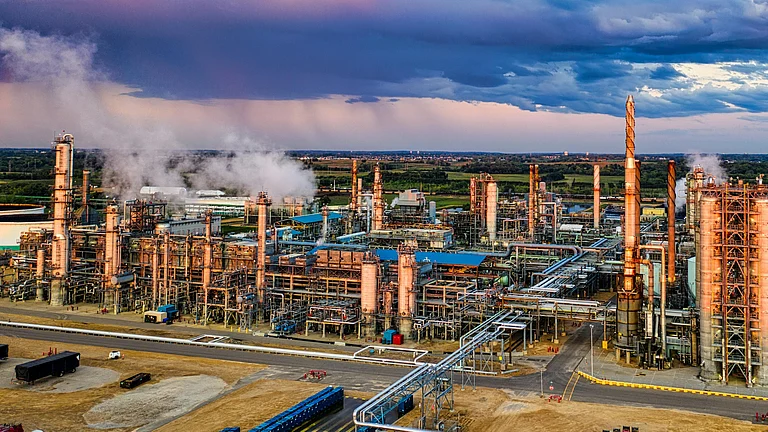The gap between funding needed to adapt to climate change and what is currently available is as high as $359 billion per year, revealed a report published by the World Resources Institute (WRI). Lately, extreme weather events like floods and droughts are becoming more frequent and intense globally and are causing immense financial strain.
The research showed that the investments now being made can provide a wide range of economic, social and environmental benefits that are generated even when disasters do not take place. As stated by the report, adaptation is not only important for mitigating climate crisis, it is also a highly cost-effective investment for the future.
WRI analysed 320 adaptation and resilience investments across 12 countries (mostly in tropical Asia, Africa and Latin America) amounting to about $133 billion over ten years between 2014 and 2024. The WRI report stated that investing $1 in adaptation can yield more than $10.50 in benefits over 10 years. The report deduced that cumulatively, the investments which cost over $133 billion, are expected to generate $1.4 trillion in benefits over 10 years.
“One of our most striking findings is that adaptation projects aren’t just paying off when disasters happen — they generate value every day through more jobs, better health, and stronger local economies,” said Carter Brandon, Senior Fellow, WRI. These projects align with India’s economic diversity, with agriculture projects averaging an EIRR of 27.26% and transport, with 39 projects, reaching 27.29%, as seen in urban connectivity initiatives.
Adaptation Funding Shortfall
A 2023 UNEP report warned that developing countries’ climate adaptation needs between $215–$387 billion annually this decade—up from earlier projections. For Least Developed Countries (LDCs) and Small Island Developing States (SIDS), needs range between $29–$41 billion. However, actual funding remains far below, highlighting a widening adaptation finance gap globally.




























